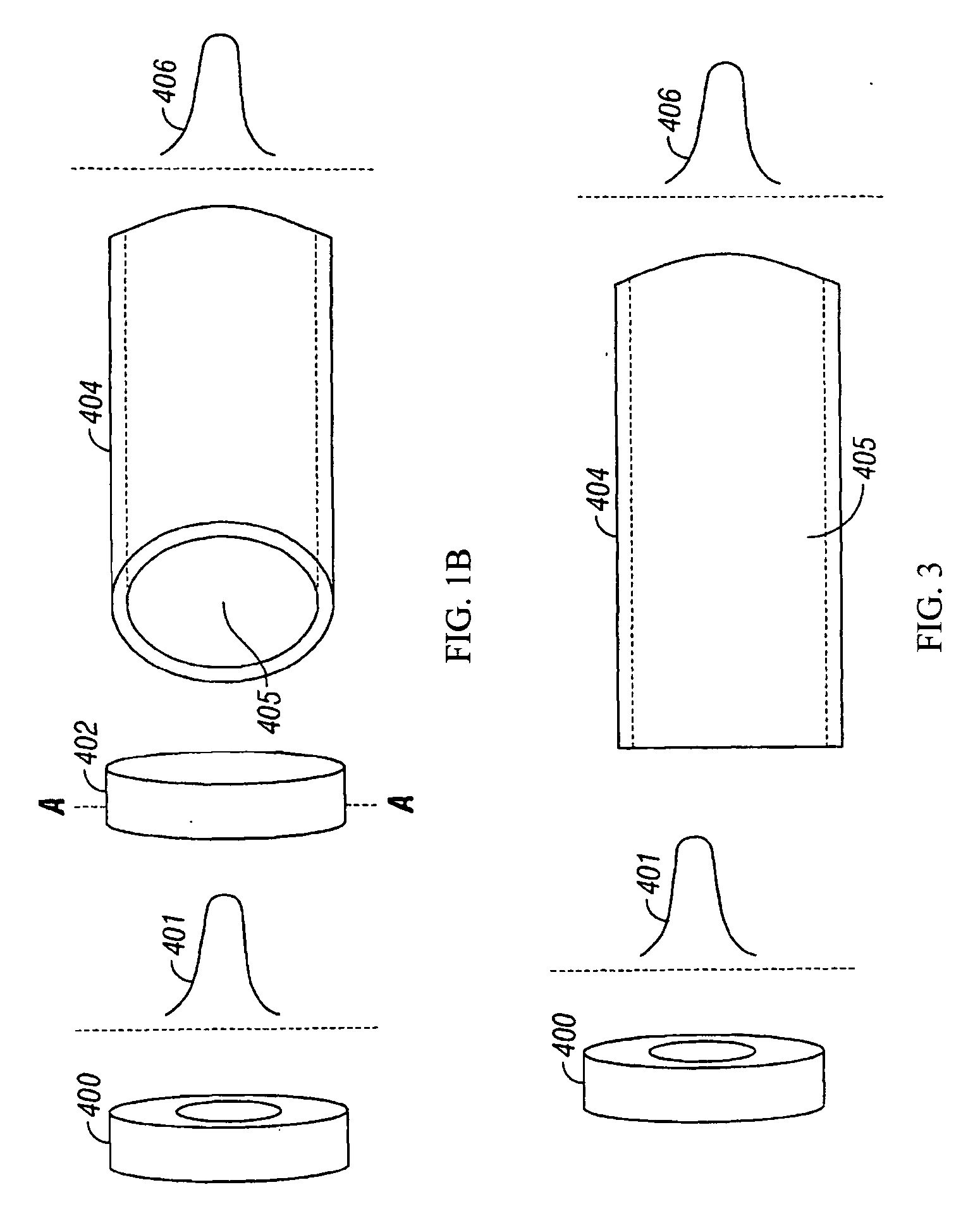Communications system employing single-mode lasers and multimode optical fibers
a communication system and laser technology, applied in semiconductor lasers, instruments, optical elements, etc., can solve the problems of signal or modal dispersion, limiting the use of single-mode fiber fiber optic modules, and more expensive fiber optic modules for single-mode fiber manufacture, etc., to reduce the modal dispersion, stabilize the dispersion in time, and correct the effect of dispersion
- Summary
- Abstract
- Description
- Claims
- Application Information
AI Technical Summary
Benefits of technology
Problems solved by technology
Method used
Image
Examples
Embodiment Construction
[0016] The present invention is based on the observation that even with a MMF, a light signal can be launched into the MMF in a manner that limits the number of modes that are excited in the MMF. This restricted set of modes is more stable in time, and hence, the dispersion characteristics of the MMF over time are also substantially more stable than the dispersion characteristics obtained with a conventional launch of a single-mode light signal into a MMF. This increase in stability makes adaptive dispersion correction possible, and hence, provides a means for implementing a long distance MMF connection that makes use of the large installed base of MMF channels.
[0017] The manner in which the present invention provides its advantages can be more easily understood with reference to FIG. 1A, which is a block diagram of an optical communication system 10 according to one embodiment of the present invention. Communication system 10 converts an input signal to a light signal via a laser ...
PUM
 Login to View More
Login to View More Abstract
Description
Claims
Application Information
 Login to View More
Login to View More - R&D
- Intellectual Property
- Life Sciences
- Materials
- Tech Scout
- Unparalleled Data Quality
- Higher Quality Content
- 60% Fewer Hallucinations
Browse by: Latest US Patents, China's latest patents, Technical Efficacy Thesaurus, Application Domain, Technology Topic, Popular Technical Reports.
© 2025 PatSnap. All rights reserved.Legal|Privacy policy|Modern Slavery Act Transparency Statement|Sitemap|About US| Contact US: help@patsnap.com



